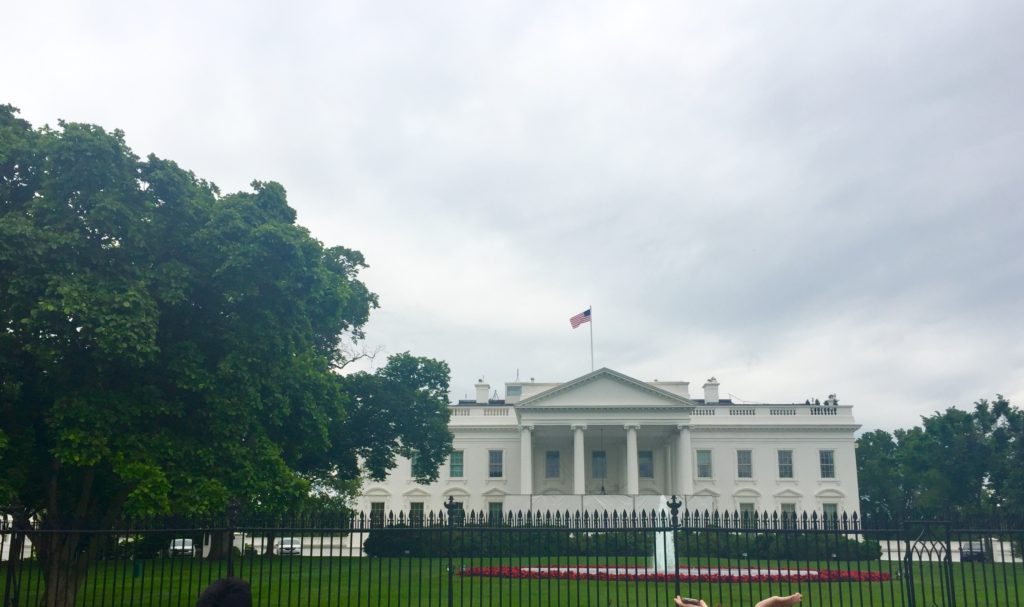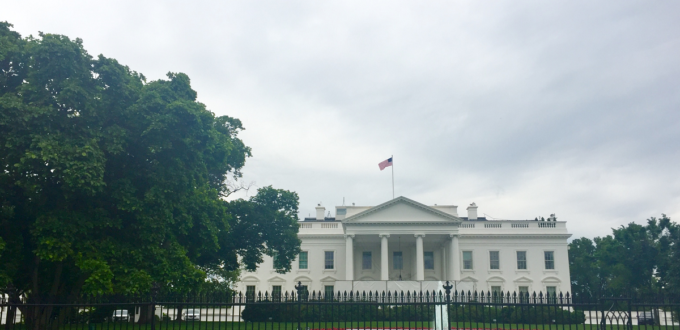Spreading Silence
I have a few minutes before I have to leave for work and…scroll, scroll, scrolling through Facebook skipping the usual selfies, vague posts begging for attention, and play-by-play essays of someone’s super boring evening…and then, “Literary Geocaching.”
Someone who I had met at a local meetup of people interested in interactive fiction put up a blog post with that headline, which is akin to arming a me-shaped mousetrap with a peanut butter-covered Slim Jim– it’ll catch ’em every time. Her post briefly covered an app called The Silent History, a digital book about a (fictional) strange disorder manifesting in young children worldwide where they aren’t able to understand or participate in any form of communication. More than just a form of autism, the sections of the brain that receive, interpret, and return communication in these children are completely turned off. Each chapter interviews different characters who came into contact with the disorder and how it affected their lives. Further, Silent History progresses far into the future and you see various common story threads play out.
The hook for me was that The Silent History also encourages readers to write supporting interviews that can only be unlocked by physically traveling to a location. Upon arrival the app uses your device’s GPS to verify that you are allowed to read that special passage.

Again, this all was speaking my language and I downloaded the app immediately.
From the start I was entranced by The Silent History‘s story and structure as it jumped from character to character, some more relatable than others, and some appearing repeatedly. The first “era” in the book is free and there’s a small charge to unlock the rest– I consumed the first section so quickly, paying for the rest was an easy decision.
I love how The Silent History builds its characters, subtly weaving together their stories to advance the overarching plot. These silent kids are reviled, worshiped, made into objects of fear and pity, and moreover the world is unsure of what to with them as the disorder becomes increasingly pandemic. Parents particularly are adrift as they don’t know how to provide for these children who are so cut off from everything established human society has mandated that they be and do.

That’s what hit me hard about The Silent History. As the parent of a young child this story poked all my latent worries. Is my kid developing as he should? Milestones set by pediatricians dictate that he should be talking/walking/etc by certain ages. Every checkup we go to is preceded by a checklist of questions– is your child able to do this thing? Is he able to do that thing? Answering “no” to any question sends a surge of fear through you that something might be wrong. I’m thankful and lucky that my son is happy, smart, and healthy but the frustrations and fear expressed by these fictional parents of “silent” children often got to me.
I won’t go into major spoilers but as The Silent History jumps ahead in time with each chapter, the silent children grow up, the world changes, and the story focuses on certain characters. The Silent History doesn’t finish very strongly as I found the later chapters, as they narrow in on a particular group of characters, loses a lot of the singular voices that made the majority of the story so engaging. The testimonials shift to a more introspective style rather than the world-building exposition prior to that. It reads more like the authors trying to wrap up their thoughts rather than fully allowing these characters to exist after this story stops recording.
Nevertheless I was glad to have The Silent History to read on my morning commute for a while. But what about the thing that brought me to it in the first place, that whole hidden-stories-only-accessible-by-GPS-location thing?
Well, here’s the disappointing part, and it’s something I’ve mentioned in other posts about user dependent, real-world systems like this. My App Store’s download history is littered with such examples. This sort of experience depends on a critical mass of engaged users to get going, and it’s exponential: the more stories out there for users to go find, the more likely they are to create their own for others to find. There are none of these field reports in my region for me to go find, and it’s not like I live in the middle of nowhere. I live and work in the Washington, DC area. Although technically that’s not true, there IS one field report in DC. It’s in the West Wing of the White House. THE White House.

The White House is only a few Metro stops from my work so on a lunch break I had to at least try to see if it was possible to get close to the West Wing. I could see on the app’s map that there’s a little halo around each field report pin, presumably indicating the range you need to be in to unlock the story. Maybe that halo is more generous than it appears?

This spring we scored tickets to the White House Easter Egg Roll and now I really wish I had known about The Silent History at the time, since being on the South Lawn meant that we were darn close to the building itself. This time? Not close at all, especially in a post-9/11 world where the place is a fortress. The closest you can get is in Lafayette Square which is PACKED with tourists, religious zealots, and protesters. That day’s attraction was a group loudly protesting circumcisions in a rather surreal fashion.

Unfortunately the range on unlocking field reports isn’t as generous as I had hoped. Which makes me wonder, surely this one was placed by The Silent History‘s creators, and not some cool White House intern who is super into interactive fiction, right?
The Silent History insists that you follow a multi-page guide to writing/submitting field reports and despite that it’s certainly tempting to write one, especially since it would be better to contribute than just sit here and complain about the app’s lack of content. At the same time, even though I’ve just discovered it, The Silent History has been out for quite a while and it feels like I’d be putting a lot of work into creating something that no one will really ever engage with. Still, at least for the next few days I’ll play around with a draft of a field report of my own since I really did enjoy The Silent History‘s story. It’s a story worth extending and if I do get a field report published I’ll be sure to place it somewhere users can actually reach.
UPDATE

Mel over at Stirrup Queens used the excuse of her day job to scout out the field report at The White House. Sudden Oak confirmed that it was they who placed it and that it had never before been accessed. Read on.



I am laughing so hard because I clicked over from my feed reader to see what you were saying about literary geocaching to see that you were talking about me talking about literary geocaching. It was all very matryoshka doll.
I downloaded this app mostly because I am in the White House with some regularity — specifically the West Wing — so my goal is to unlock the field report the next time I’m downtown. I am kicking myself that I downloaded it a day after the last time I was down there. So whoever gets their first, grab it for all of us.
Please do! I’m super curious to see if it’s an official story pin or someone who works there.
And now I just read this post rigging up something similar (maybe?) to VoiceMap using Twine: https://electricarchaeology.ca/2015/05/20/low-friction-augmented-reality/
Fascinating! The flaw with VoiceMap is that it’s a linear experience which is fine for some styles of storytelling but certainly limiting. Also the biggest problem I’ve encountered with any geolocation or augmented reality stuff I’ve played around with is that it always requires a download of a special app. That’s just about always to big of an ask of most people. This however seemingly works right in your browser which could be very useful.